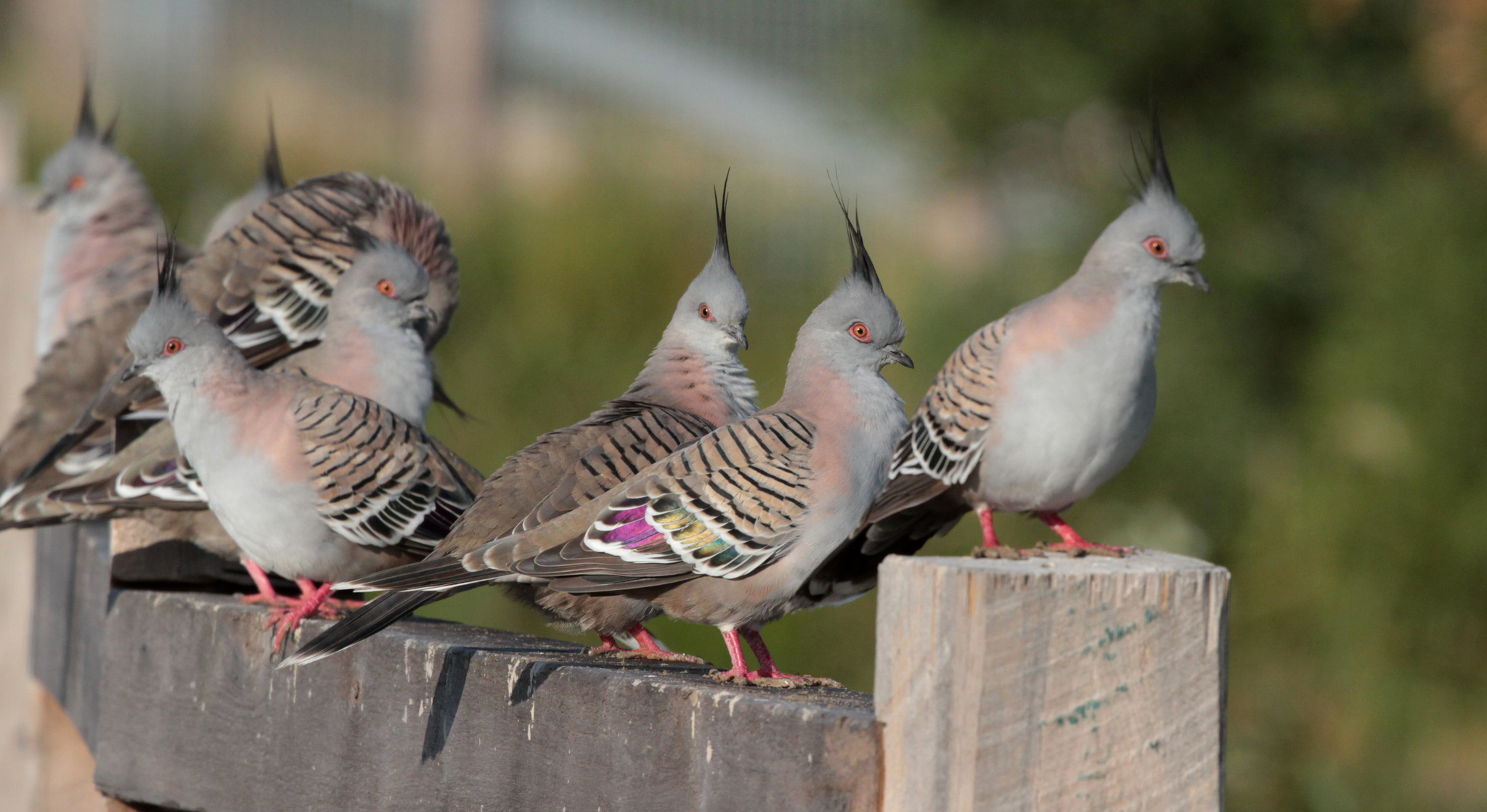Noise pollution Birds sing (and flirt) less because of traffic noise
If you've ever wondered how many birds there are on earth, a team of Australian ecologists today offers you an answer: 50 billion birds.
Naturally, the figure is approximate because although it is the most detailed estimate made to date, it is a census that collects the populations of 92% of bird species that exist today.
The remaining 8% that have not been included include species so rare that there is hardly any data available on them, so their absence, according to their authors, has little impact on the final count.
"Humans have dedicated a great effort to count the members of our species, we are 7,800 million people. This is the first comprehensive project to count a group of species other than ours," says Will Cornwell, researcher at the University of New South Wales (UNSW) and co-author of this study who estimates that
for every human being there are six birds on our planet.
Counting birds, says Corey Callaghan, lead author of the census, is a necessary task to preserve them:
"Quantifying the abundance of a species is a crucial first step in conservation.
By properly counting those that exist, we learn which species may be vulnerable and we can track how these patterns change over time. "
The house sparrow is the most abundant bird Corey T. Callaghan
Those 50,000 million individuals counted in this great census, published this Monday in
PNAS
magazine
,
are classified into a total of 9,700 species that
also include non-flying animals, such as emus or penguins.
All of them offer a mosaic of the enormous diversity of birds on Earth and also of the astonishing differences in their populations.
The select 'billion club'
Thus, only four of the 9,700 species belong to what researchers call
the billion club
: species whose populations exceed one billion individuals. The common sparrow (with 1,600 million birds) leads the ranking, followed by the common starling (1,300 million), the Delaware gull (1,200 million) and the common swallow (1,100 million).
At the other extreme is
12% of species that have less than 5,000 specimens each.
These include the Chinese tern, the noisy scrub (an endemic species to Australia) or the Wallace's rail, a flightless bird that lives on the Indonesian island of Halmahera.
With less than one hundred individuals, the black-breasted torillo, an endemic bird to eastern Australia, is one of the birds in the most critical situation.
"There are many endangered species included in our study. These include the
Greater spotted kiwi (about 377 individuals), the Javanese hawk eagle (630 individuals) and the Seychelles kestrel (with less than 100 individuals), "explains Callaghan via email.
The good news, he says, is that despite their meager populations, "many of these species can still survive. In summary, our work shows that
mother nature loves rare species.
.
The key part of future research will be understanding which of these 'rare' species are because that is how Mother Nature intended.
For example, a rare species that only lives on top of a mountain in South America or Indonesia, or which species are rare due to anthropogenic influences (eg deforestation or climate change).
Currently we cannot separate the two instances, but we hope that our work highlights which species might need to be analyzed a little more closely ", argues this ecologist who is currently doing research at the German Center for Integrative Biodiversity Research (iDiv) Halle-Jena. -Leipzig.
The bronze crested pigeon lives in Australia Corey T. Callaghan
And what is the situation of the birds that live in Spain?
"We have not analyzed the geographical differences around the world so we cannot say anything explicitly about Spain as an entity," says Callaghan, who nonetheless offers the populations of some of the most frequently sighted species in our country based on his model, such as the Iberian mosquito net (1,643,910 specimens), the Iberian long-tailed (1,157,993) the Balearic warbler (1,474), the Iberian or common gangue
(2,913,742) or the black starling or
thrush
(8,712,922).
To carry out this research, carried out with information collected between 2010 and 2019, it has had the collaboration of more than 600,000 ornithology fans who have contributed with the data of their sightings to the
eBird
database
,
directed by The Cornell Lab of Ornithology.
Using these data, and detailed case studies when available, ecologists developed an algorithm to estimate the actual world population of each bird species. This calculation took into account the "detectability" of each species, that is, the probability that a person has sighted that bird, and it is influenced by factors such as its size, color, if they fly in flocks or if they live near cities.
According to the criteria of The Trust Project
Know more
Science and Health
science
Environment
The vibrator from the sky: 'Skybrator', the wind turbine without blades made in Spain
EnvironmentBiden, Bolsonaro and the price to pay to save the Amazon
Climate crisis Nobel climate summit concludes with call to action in post-Covid society
See links of interest
Work calendar
Home THE WORLD TODAY
Best Universities
Leganés - UD Logroñés
Stage 10 of the Giro: L'Aquila - Foligno
Real Oviedo - Malaga
Verona - Bologna
Girona - Sporting de Gijón

